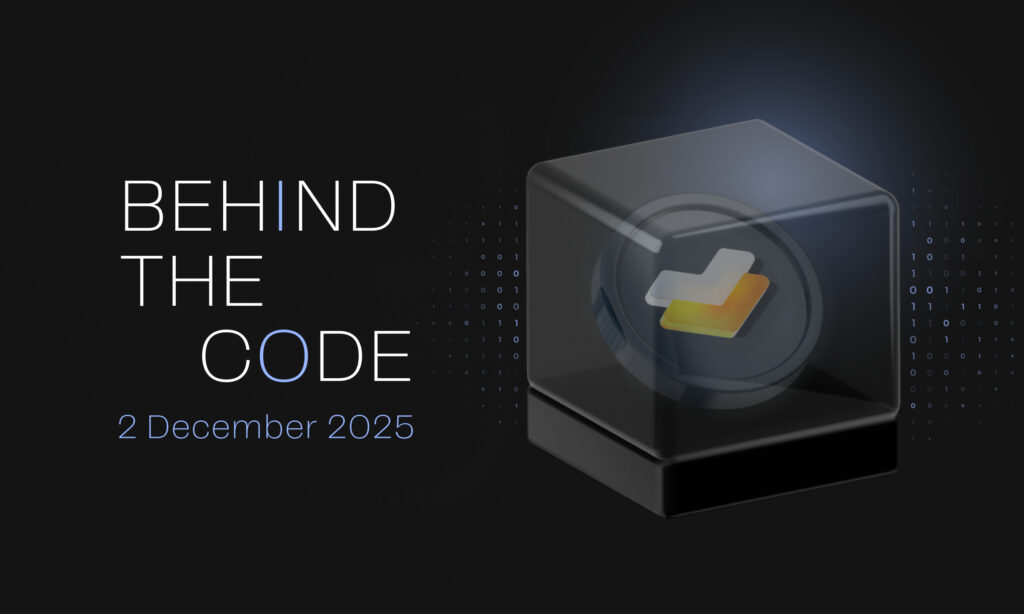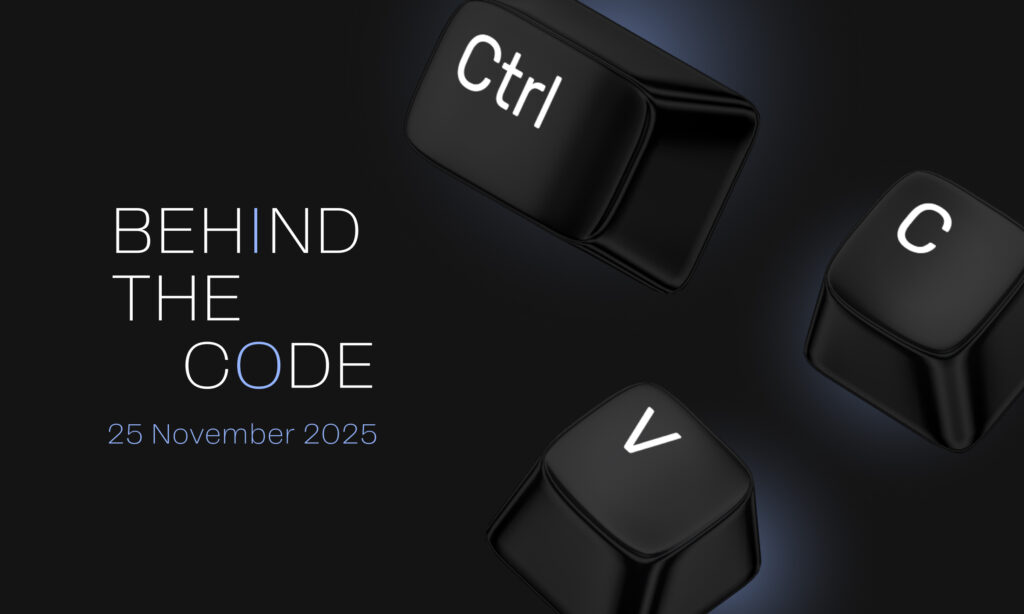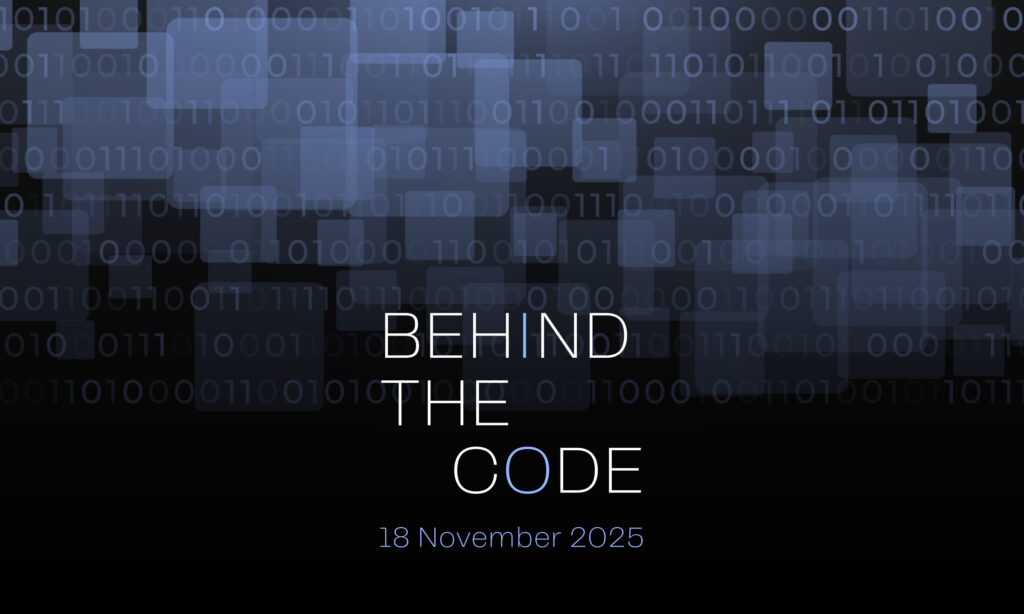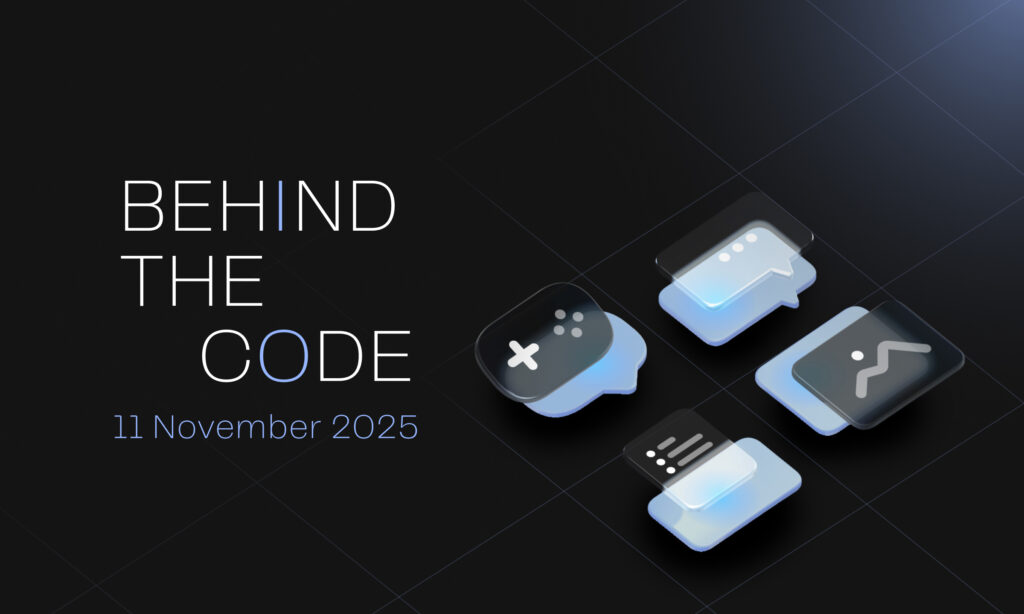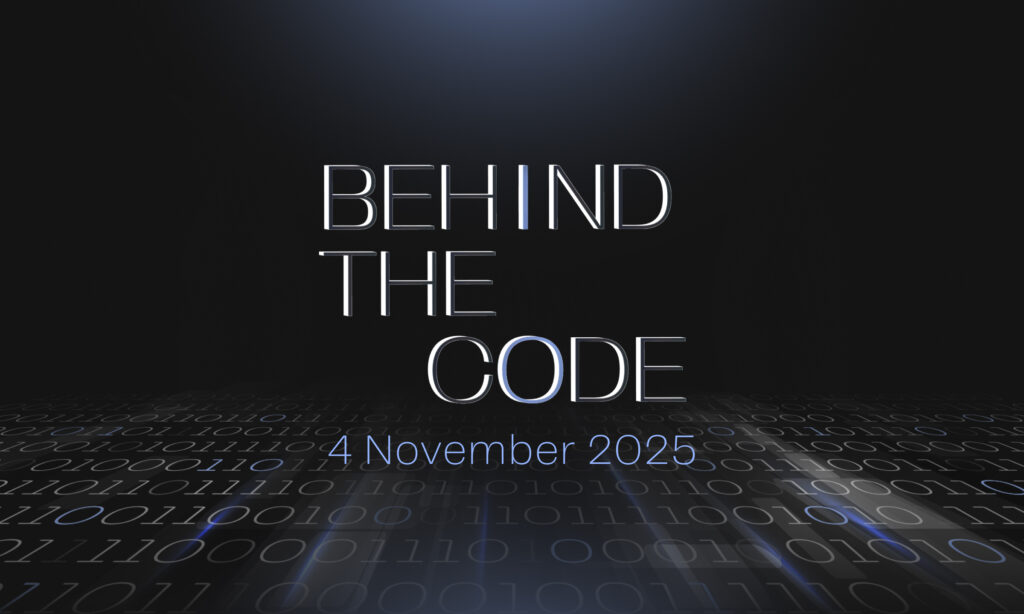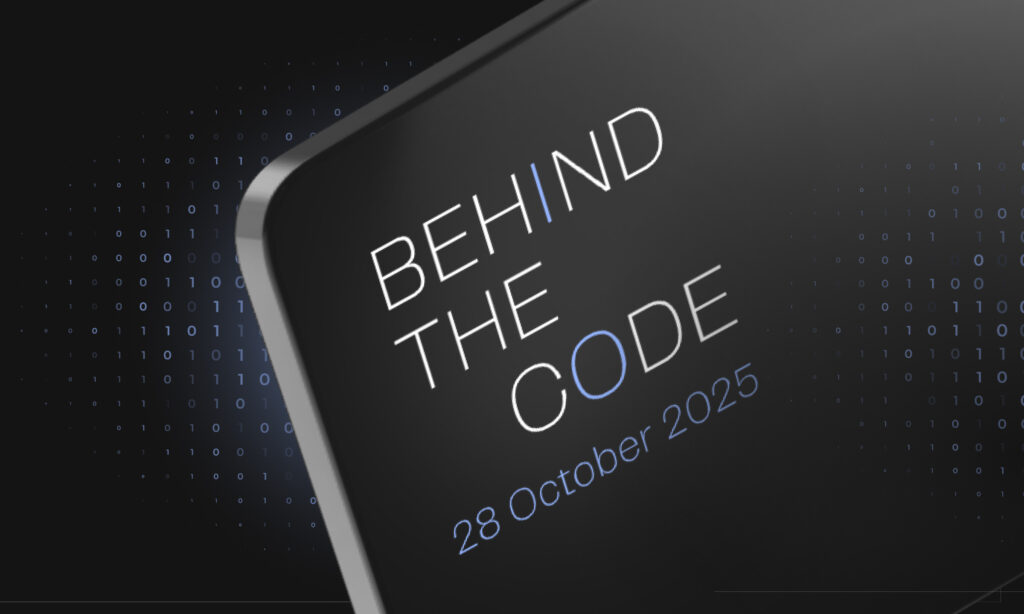For decades, the internet has been sold as a playground of freedom, openness, and opportunity. But peel back the layers and what you’ll find is a deeply centralized, surveillance-driven infrastructure where you lease access, not own anything. Your identity is an email address. Your photos, files, and followers live on borrowed time, held hostage by passwords and policies you never wrote. And your “smart” devices? They’re controlled by someone else’s update schedule. Rong Chen calls this out for what it is: a broken contract between people and machines. His fix? The Elastos World Computer, a system-level reimagining of how data, identity, and trust should work in the digital age.
Instead of patching over the current internet’s flaws, Chen proposes scrapping its assumptions entirely. What if the entire internet worked like one giant, distributed computer? Not a mess of browsers, cookies, and APIs, but a coherent operating system for humanity’s digital life. In this model, apps aren’t websites. They’re independent machines. Files aren’t in the cloud. They’re sovereign digital commodities. And smart contracts aren’t glorified vending machines. They’re just one layer in a multi-environment architecture designed to protect, isolate, and verify computation, not glorify speculation.
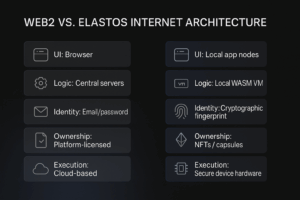
Traditional smart contract platforms like Ethereum place computation directly on-chain. The result? Congestion, inefficiency, and sky-high fees. Elastos inverts this model. Computation happens locally, within secure WebAssembly virtual machines, while consensus is used only for validating shared states. Think of it like a smartphone: the biometric scan runs on-device, while the cloud verifies your identity only when necessary. This reduces attack surfaces and massively scales performance, all without compromising trust.
To power this architecture, Elastos introduces four trusted runtime environments — the building blocks of a secure digital civilization.
- First is the PC2 Home Server: a hardware node (like Nvidia Jetson Nano or Mac mini) that verifies itself at boot and hosts local apps.
- Second, the WCI Sidechain, a governance-locked blockchain that treats apps like registered trademarks, stored as NFTs, and enforces code updates only through DAO-signed approvals.
- Third, WebAssembly sandboxes where apps run in isolated environments without internet access, requiring explicit user authorization to communicate.
- And fourth, a decentralized network routing layer where users choose which operators run which services — Tor for browsing, AT&T for banking, your own node for messaging, all managed through NFT-bound SIM credentials.
This isn’t about building a better browser. It’s about replacing the browser entirely. Today, you pull data from websites. In Elastos, apps and data are pushed to your machine as code. You don’t access Amazon. You run an Amazon node. You don’t browse YouTube. You boot a verified instance of it. In this world, platforms become peer-to-peer services, not middlemen. Your attention isn’t monetized. It’s directed. Your files don’t live on someone else’s terms. They obey the permissions you program.

The implications are massive. The traditional web treats users as tenants and platforms as landlords. Elastos flips this dynamic. Users become owners. Apps become programmable property. Creators embed royalties into the fabric of their files, and communities co-own the infrastructure they inhabit. Even identity itself is no longer a username, it’s a cryptographic fingerprint embedded in every interaction.
More provocatively, Chen suggests we stop pretending the internet is neutral. It’s not. It’s a corporate protocol stack optimized for surveillance capitalism. Elastos replaces its foundations, from networking to storage to UI, with a system designed for autonomy, not dependency. Where Big Tech builds walled gardens, Elastos constructs sovereign homes.
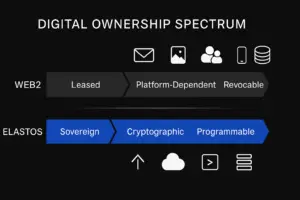
Yes, there will be friction. Running your own apps sounds complicated. But this isn’t 1997. Devices are powerful, bandwidth is abundant, and coordination tools are maturing. What seemed impossible a decade ago — local-first software, verifiable execution, peer-deployed apps, is not only possible, but inevitable. And Elastos is betting that enough people are fed up with being platform serfs and want to become digital citizens.
In the end, Elastos doesn’t offer a product. It offers a principle: trust is not a feature, it’s a design decision. And in a world drowning in hacks, takedowns, bans, and black-box algorithms, that principle may be the most radical software of all.


